Pronunciation [ˈføːɹɪst] | Native speakers 66,000 (2007) | |
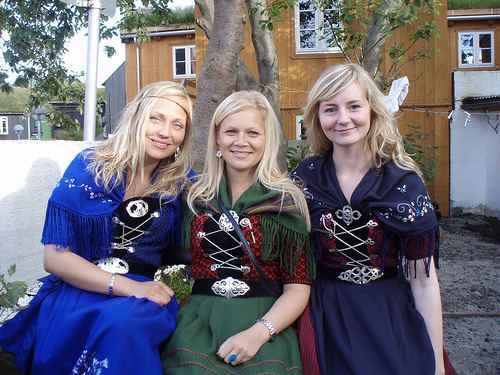 | ||
Language family Indo-EuropeanGermanicNorth GermanicOld West NorseInsular ScandinavianFaroese Early forms Old NorseOld West NorseOld NorwegianOld FaroeseFaroese | ||
Faroese language lesson 1
Faroese /ˌfɛəroʊˈiːz/ or /ˌfɛəroʊˈiːs/ (føroyskt, [ˈføːɹɪst]) is a North Germanic language spoken as a first language by about 66,000 people, 45,000 of whom reside on the Faroe Islands and 21,000 in other areas, mainly Denmark. It is one of five languages descended from Old West Norse spoken in the Middle Ages, the others being Norwegian, Icelandic, and the extinct Norn and Greenlandic Norse. Faroese and Icelandic, its closest extant relative, are not mutually intelligible in speech, but the written languages resemble each other quite closely, largely owing to Faroese's etymological orthography.
Contents
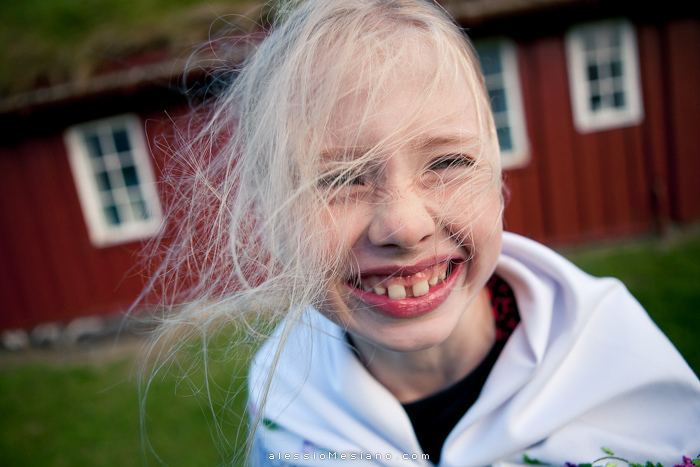
History
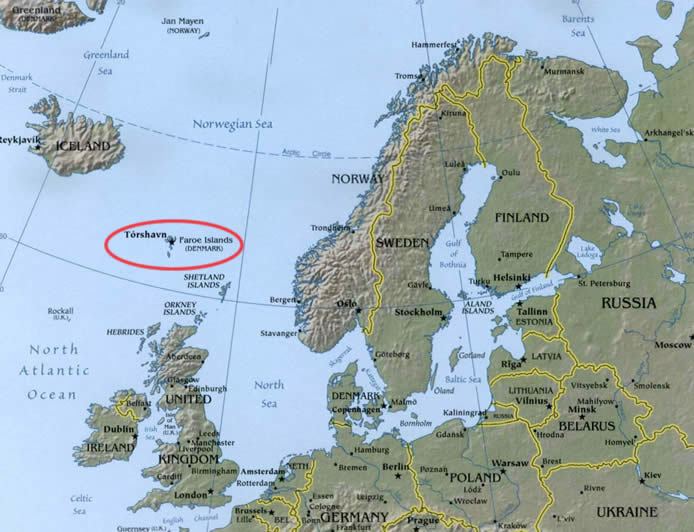
Around 900, the language spoken in the Faroes was Old Norse, which Norse settlers had brought with them during the time of the settlement of Faroe Islands (landnám) that began in 825. However, many of the settlers were not from Scandinavia, but descendants of Norse settlers in the Irish Sea region. In addition, women from Norse Ireland, Orkney, or Shetland often married native Scandinavian men before settling in the Faroe Islands and Iceland. As a result, the Irish language has had some influence on both Faroese and Icelandic. There is some debatable evidence of Irish language place names in the Faroes: for example, the names of Mykines, Stóra Dímun, Lítla Dímun and Argir have been hypothesized to contain Celtic roots. Other examples of early-introduced words of Celtic origin are: "blak/blaðak" (buttermilk), cf. Middle Irish bláthach; "drunnur" (tail-piece of an animal), cf. Middle Irish dronn; "grúkur" (head, headhair), cf. Middle Irish gruaig; "lámur" (hand, paw), cf. Middle Irish lámh; "tarvur" (bull), cf. Middle Irish tarbh; and "ærgi" (pasture in the outfield), cf. Middle Irish áirge.
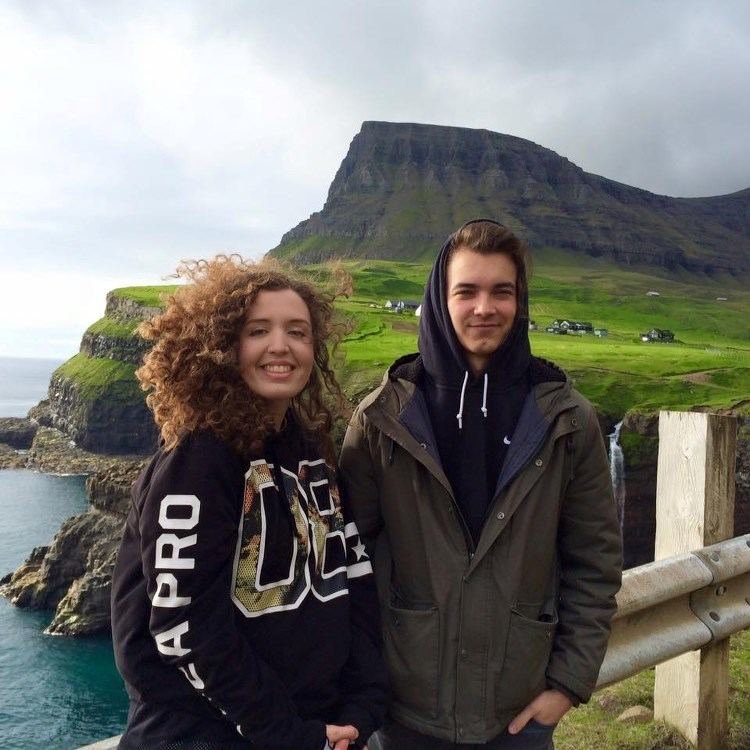
Between the 9th and the 15th centuries, a distinct Faroese language evolved, although it was probably still mutually intelligible with Old West Norse, and remained similar to the Norn language of Orkney and Shetland during Norn's earlier phase.
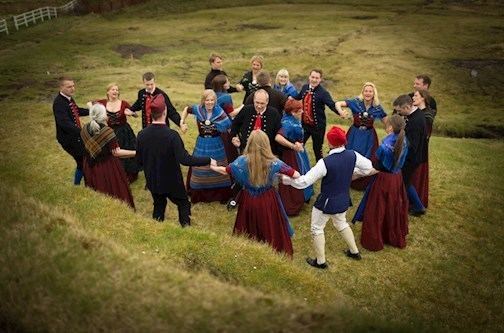
Until the 15th century Faroese had an orthography similar to Icelandic and Norwegian, but after the Reformation in 1536 the ruling Danes outlawed its use in schools, churches and official documents. The islanders continued to use the language in ballads, folktales, and everyday life. This maintained a rich spoken tradition, but for 300 years the language was not used in written form.
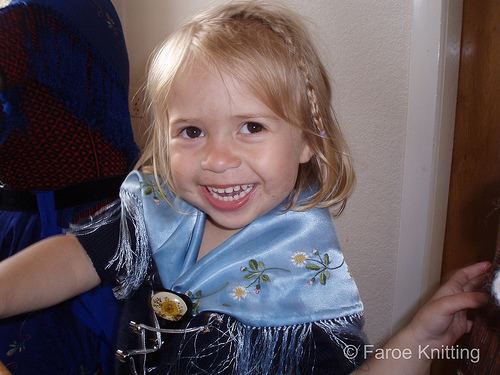
This changed when Venceslaus Ulricus Hammershaimb and the Icelandic grammarian and politician Jón Sigurðsson published a written standard for Modern Faroese in 1854, which is still in existence. They set a standard for the orthography of the language, based on its Old Norse roots and similar to that of Icelandic. This had the advantage of being etymologically clear, as well as keeping the kinship with the Icelandic written language. The actual pronunciation, however, often differs from the written rendering. The letter ð, for example, has no specific phoneme attached to it.
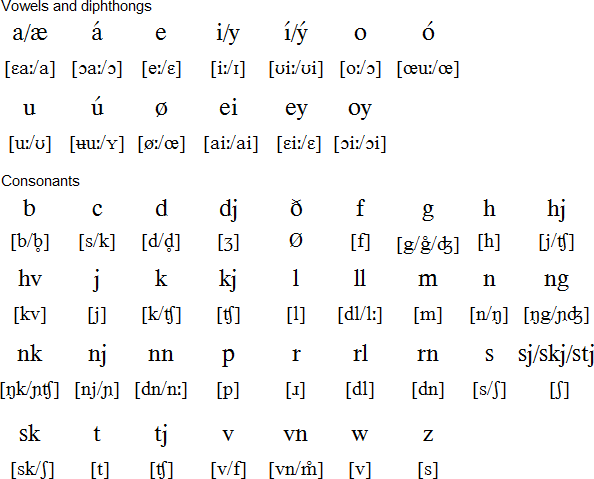
Jakob Jakobsen devised a rival system of orthography, based on his wish for a phonetic spelling, but this system was never taken up by the speakers.
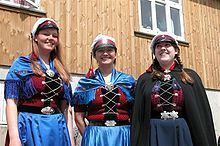
In 1937, Faroese replaced Danish as the official school language, in 1938 as the church language, and in 1948 as the national language by the Home Rule Act of the Faroes. However, Faroese did not become the common language of media and advertising until the 1980s. Today Danish is considered a foreign language, although around 5% of residents on the Faroes learn it as a first language, and it is a required subject for students in third grade and up.
Old Faroese
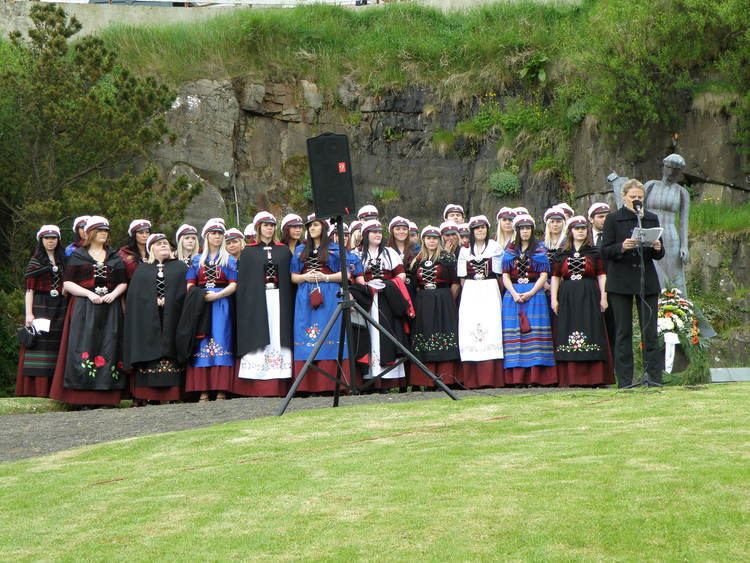
Old Faroese (miðaldarføroyskt, ca. mid-14th to mid-16th centuries) is a form of Old Norse spoken in medieval times in the Faroe Islands. The language shares many features with both Old Icelandic and Old Norwegian; Old Norwegian appears to be closer to Old Faroese, whereas Old Icelandic remained rather archaic compared to other medieval varieties of Old West Norse. The most crucial aspects of the development of Faroese are diphthongisation and palatalisation.
There is not enough data available to establish an accurate chronology of Faroese, but a rough one may be developed through comparison to the chronologies of Old Icelandic and Old Norwegian. In the 12th/13th centuries, á and ǫ́ merged as /ɔː/; later on at the beginning of the 14th century, iotacism took place: y, øy, au > /i, ɔi, ɛi/; iotacism of ý is not certain, í and ý merged in addition to i and y, but in the case of í and ý, it appears that labialisation took place instead as is documented by later development to /ʊɪ/. Iotacism may be also connected with the palatalisation of k, g and sk before Old Norse e, i, y, ø, au > /kj, ɡj, skj/ > /cç, ɟʝ, ɕcç/ > /tʃʰ, tʃ, ʃ/. Before the palatalisation é and ǽ merged as /ɛː/ and approximately in the same period epenthesis u is inserted into word-final /Cr/ and /CrC/ clusters. The Great Quantity Shift operated in the 15th/16th centuries. In the case of skerping, it took place after iotacism but before loss of post-vocalic ð and g /ɣ/. The shift of hv to /kw/, the deletion of /h/ in (remaining) word-initial /h/–sonorant clusters (hr, hl, hn > r, l, n), and the dissolution of þ (þ > t; þ > h in demonstrative pronouns and adverbs) appeared before the end of the 13th century. Another undated change is the merger of ǫ, ø and ǿ into /ø/; pre-nasal ǫ, ǫ́ > o, ó. enk, eng probably became eing, eink in the 14th century; the development of a to /ɛ/ before ng, nk appeared after the palatalisation of k, g, and sk had been completed, such a change is quite a recent development, as well as change Cve > Cvø.
Alphabet
The Faroese alphabet consists of 29 letters derived from the Latin script:
Phonology
As with most other Germanic languages, Faroese has a large number of vowels, with 26 in total. Vowel distribution is similar to other North Germanic languages in that short vowels appear in closed syllables (those ending in consonant clusters or long consonants) and long vowels appearing in open syllables. Árnason (2011) provides the following alternations:
Faroese shares with other North Germanic languages the feature of contrasting aspirated and unaspirated stops. Geminated stops may be pre-aspirated in intervocalic and word-final position. Intervocalically the aspirated consonants become pre-aspirated unless followed by a closed vowel. In clusters, the preaspiration merges with a preceding nasal or apical approximant, rendering them voiceless.
There are several phonological processes involved in Faroese, including:
Grammar
Faroese grammar is related and very similar to that of modern Icelandic and Old Norse. Faroese is an inflected language with three grammatical genders and four cases: nominative, accusative, dative and genitive.
